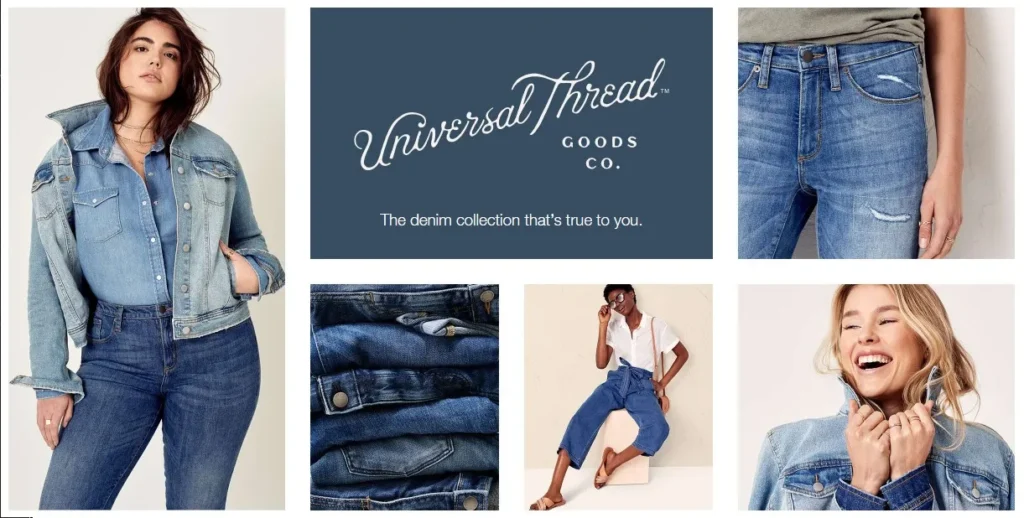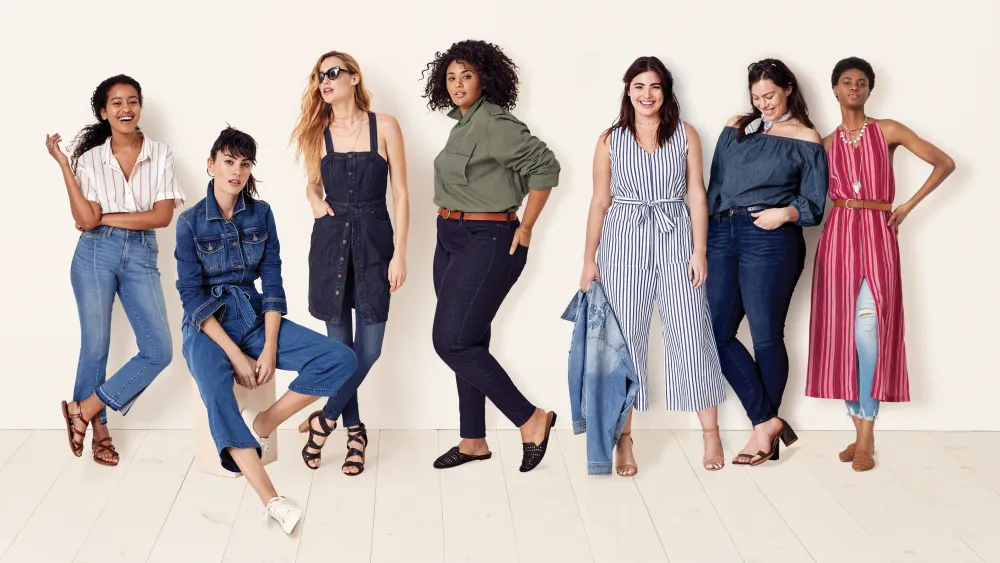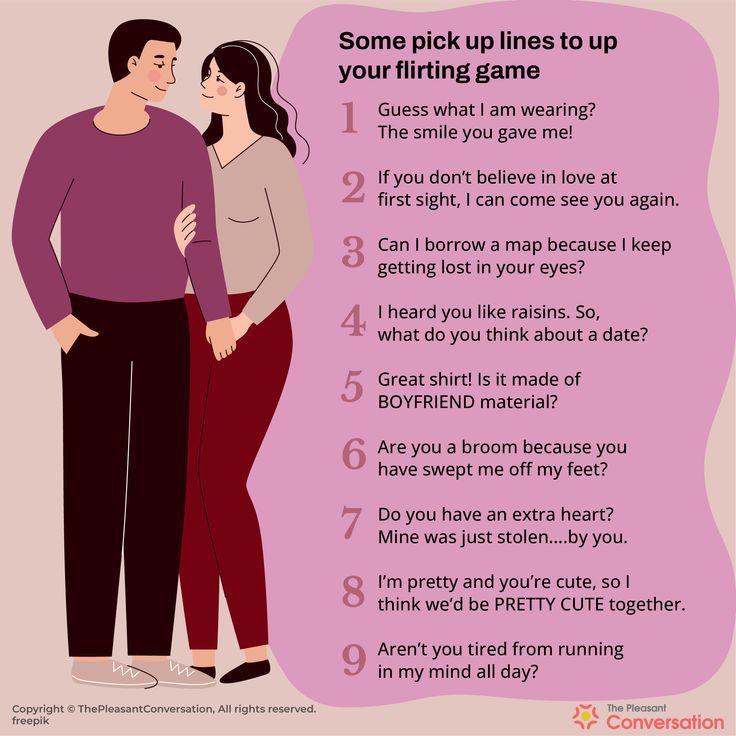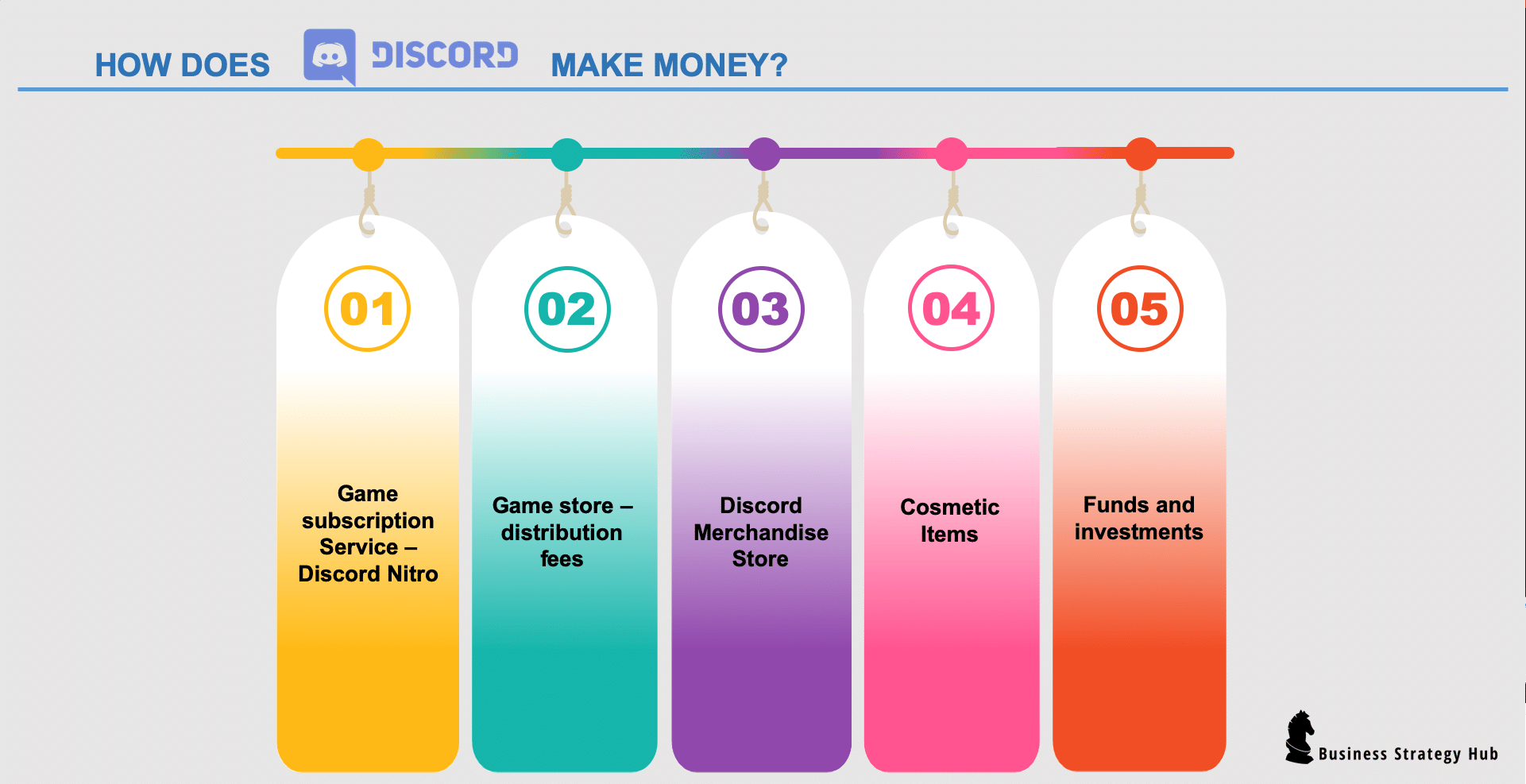Introduction
On earth of fashion and designs, the best components could make most of the difference. Whether you’re producing a trendy dress, a DIY task, or repairing a universal thread product, one product that consistently stands apart is general bond.That adaptable, go-to fabric bond has gained a popularity for being reliable, resilient, and great for numerous applications.
But what exactly is general bond? What makes it so unique, and why must you see it for your following task? In this extensive information, we’ll jump serious into the entire world of general bond, exploring their uses, advantages, and how you can get the best effects using it.
What is Universal Thread?
Understanding Universal Thread
At their core, general bond is a form of stitching bond built to work well with a number of fabric types. It’s an all-purpose bond that offers freedom and toughness, rendering it a popular for both rookie and skilled sewers. Whether you’re sewing lightweight cotton or a weightier product like corduroy, general bond are designed for the job.
Typically, general bond is made of polyester, gives it the strength and resilience needed to resist regular wear and tear. The polyester structure also ensures so it can be utilized with both organic and manufactured textiles without risk of damage or damage. Consequently, it has become a staple in many stitching products, supplying a reliable answer for a wide selection of projects.
The Versatility of Universal Thread
Why is Universal Thread So Popular?
The usefulness of general bond is certainly one of their most appealing features. From simple DIY projects to professional-level clothes, general bond can be utilized in a multitude of applications. Whether you’re hand-sewing, using a stitching machine, or embarking on a large making task, general bond can be your go-to tool. Here’s an instant rundown of where it can be utilized:
- Fashion Design: Whether you are stitching tops, gowns, or jeans, general bond is fantastic for producing professional-looking stitches that will hold up around time.
- Home Décor: From throw pillows to drapes, general bond performs seamlessly with both lightweight and heavy upholstery fabrics.
- Craft Tasks: Quilting, scrapbook, and embroidery projects can all take advantage of the strength and usefulness of general bond.
- Repairs and Modifications: It’s ideal for repairing joints on your chosen clothing items, healing upholstery, or reinforcing fabric to stop more wear.
The flexibility of general bond in these places helps it be a one-stop answer for nearly any fabric project. That flexibility is one of many causes it’s usually the bond of preference for both novice and seasoned stitching enthusiasts.
Benefits of Using Universal Thread in Sewing and Crafts
1. Durability
Among the key advantages of general bond is their durability. Produced mainly from polyester, general bond offers exceptional strength, and can resist the challenges of everyday wear. Whether you are stitching delicate textiles like cotton or tougher components like corduroy, general bond holds up effectively against strain, fraying, and breaking. That longevity ensures your stitches stay unchanged, making your projects last longer.
2. Wide Range of Uses
As stated early in the day, general bond can be utilized for a broad range of projects. It’s ideal for producing machine stitches, hand-sewing fixes, and even delicate embroidery work. Because it’s compatible with a number of textiles, it’s perfect for people who want an all-purpose answer because of their stitching needs.
3. Easy to Work With
Sewing with general bond is a breeze. It’s smooth and regular, reducing the likelihood of tangling or jamming in your stitching machine. Whether you’re a starter just starting to sew or a skilled artist, you will discover general bond easy to deal with and integrate into your projects.
4. Cost-Effective
When you’re stitching frequently, getting niche threads for each and every task can get expensive. Common bond provides a less expensive alternative without diminishing on quality. That helps it be an excellent choice for crafters, quilters, and hobbyists looking to generate without breaking the bank.

Universal Thread for Beginners: A Helpful Guide
Step-by-Step Guide for Beginners
If you are new to stitching, you may be wondering how exactly to precisely use general bond in your projects. Here’s a straightforward, step-by-step information for starting:
- Choose the Right Needle
For most textiles, a standard general stitching hook (size 80/12 or 90/14) works best when matched with general bond.Make sure that the hook measurement matches your fabric type—smaller needles for delicate textiles and greater needles for weightier materials. - Find the Correct Bond Tension
Adjust your stitching machine’s strain adjustments based on the form of fabric and the depth of the general bond.If your bond is also tight or also loose, it may result in unequal stitches or bond breakage. - Bond Your Device Effectively
Ensure that you’re threading your stitching machine according to the manufacturer’s instructions. Pay unique attention to the bobbin position, as wrong bobbin twisting can result in bond jams or twisted stitches. - Practice on Scraps
Before beginning your task, it’s generally recommended to practice on fabric scraps. It will help you get a sense for the tension and stitch adjustments while preventing problems on your primary fabric.
Universal Thread vs Other Types of Threads: What Sets It Apart?
Universal Thread vs Cotton Thread
Cotton bond is a favorite choice for several sewers, especially those working together with lightweight textiles like quilting cotton. However, general bond has certain advantages. While cotton bond is softer and more organic, it has a tendency to separate simply, especially when used in combination with weightier fabrics. On another hand, general bond, on average produced from polyester, is tougher and more durable, rendering it ideal for a broader range of fabric types.
Universal Thread vs Nylon Thread
Abs bond is often employed for heavy-duty projects like upholstery or outside gear. While abs is very strong and resilient to UV injury, it may be more difficult to function with. It’s slick and may not supply efficiently throughout your machine. Common bond, while not as solid as abs, supplies a balance of strength and simplicity, rendering it a more adaptable option for most stitching projects.
Universal Thread vs Silk Thread
Silk bond is magnificent and ideal for great, delicate fabrics. It’s frequently used in couture fashion and for hand-stitching better garments. While cotton bond provides a lovely finish, it is also much more costly and harder to work well with than general bond.For many daily projects, general bond offers the right blend of affordability and performance.
Where to Buy Universal Thread and Choosing the Right One
Where to Buy Universal Thread
You can find general bond at most fabric stores, craft stores, and trusted online retailers like Amazon, Joann Textiles, or Michaels. When purchasing, look for models with a popularity for quality and reliability, such as for example Layers & Clark, Gutermann, or Singer.
Choosing the Right Universal Thread
When choosing general bond, consider the sort of fabric you are working with. You can find threads available in a number of thicknesses and shades, letting you match your fabric perfectly. For weightier textiles like corduroy or canvas, select a larger thread. For lighter components like cotton or linen, a finer bond will work better. Generally ensure your bond suits your task, both in terms of strength and appearance.
How Universal Thread is Changing the Fashion Industry
Recently, general bond has become increasingly common in the fashion industry. Designers and manufacturers are turning to the all-purpose bond for the affordability, simplicity, and wide selection of applications. The trend toward more sustainable and eco-friendly fashion has also performed a role in the improved use of general bond, since it assists reduce waste and the requirement for numerous niche threads.
Eco-conscious developers are specially keen on general bond as it enables them to generate lovely, top quality clothes without counting on numerous different threads. Whether it’s for rapidly fashion or high-end couture, general bond is creating a huge impact.
Frequently Asked Questions (FAQs) About Universal Thread
Q1: What’s the big difference between general bond and other types of stitching threads?
A1: Common bond is a adaptable all-purpose bond built to make use of a selection of textiles, including both organic and manufactured materials. Unlike niche threads such as for example cotton or abs, general bond provides a balance of strength, toughness, and simplicity, rendering it great for most stitching projects.
Q2: May general bond be employed for both machine and hand stitching?
A2: Sure! Common bond is made for both machine and hand stitching, rendering it an excellent choice for a wide selection of stitching techniques.
Q3: Is general bond solid enough for heavy textiles?
A3: Sure, general bond works well with both lightweight and weightier textiles, such as for example corduroy or canvas. However, for specially heavy or heavy-duty components, you may want to employ a heavier bond or a specialty heavy-duty thread.
Q4: Just how do I understand which general bond is most beneficial for my task?
A4: The best general bond is dependent upon the sort of fabric and the project. Select a better bond for lightweight textiles like cotton and a larger one for weightier materials. Generally test your bond on fabric leftovers before starting your project.
Conclusion
Whether you are a starter or an experienced stitching fan, general bond is an important software for almost any craft or stitching kit. With its toughness, usefulness, and simplicity, oahu is the perfect answer for a wide selection of projects, from fashion to house décor and everything in between. By knowledge their advantages, uses, and how to find the correct type, you are able to lift your stitching game and ensure your projects stand the test of time.











Leave a Reply